What Is a Crack Scale?
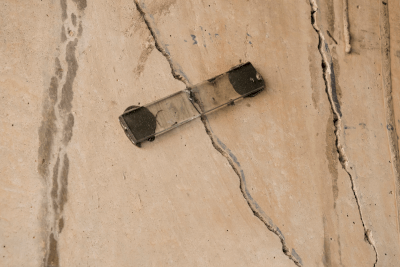 A crack scale, as its name suggests, is a specialized ruler designed for measuring cracks in reinforced concrete (RC) structures, concrete walls, eaves, and similar structures. The guideline for repairs and seismic reinforcement in structures typically considers a crack width of 0.5 cm or more as significant, necessitating the use of a crack scale to assess repair needs.
A crack scale, as its name suggests, is a specialized ruler designed for measuring cracks in reinforced concrete (RC) structures, concrete walls, eaves, and similar structures. The guideline for repairs and seismic reinforcement in structures typically considers a crack width of 0.5 cm or more as significant, necessitating the use of a crack scale to assess repair needs.
Combined with devices like pen scales, ultrasonic diagnostic measuring instruments, and CT scans, crack scales help in verifying the degree of aging and allow for more detailed measurement and diagnosis.
Uses of Crack Scale
Applications of crack scales include measuring shrinkage cracks caused by mortar shrinkage in painted walls, hairline cracks due to coating deterioration, and structural cracks resulting from uneven settlement of structures.
In large RC structures such as water storage tanks, the pH of concrete can deviate due to moisture and ionic gradients. Regular inspections using crack scales are vital for monitoring concrete aging and preventing potential collapses.
Principle of Crack Scales
Crack scales are available in materials like plastic, stainless steel, and aluminum. They can be found at most DIY stores and are reasonably priced, starting at around three dollars.
These scales have distinctive measuring graduations, with line widths ranging from 0.05 to 2 mm printed in sequence. Commonly 4 to 6 inches long, they are small enough to fit in a work clothes pocket. Metal scales often feature a central watermark hole.
The standard measurement for crack width varies depending on the structure. For example, a 1 cm crack in mortar may not require immediate repair, but a 3 mm crack in a condominium or a 0.3 mm crack in a water tank may necessitate prompt attention. Crack scales are thus invaluable for frequent, on-the-spot measurements.
 Welding gear comprises a range of protective equipment worn to ensure safe operation during welding. In arc welding, for instance, protecting the body from sparks, intense light, and electric shock is essential. Appropriate clothing is vital to prevent accidents and injuries.
Welding gear comprises a range of protective equipment worn to ensure safe operation during welding. In arc welding, for instance, protecting the body from sparks, intense light, and electric shock is essential. Appropriate clothing is vital to prevent accidents and injuries.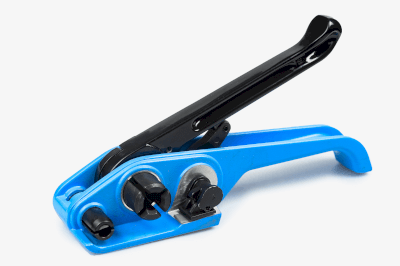 Tie guns, designed to tightly bind items such as parcels, magazines, newspaper packaging, and wiring, use plastic ties or bands. Manual binding may result in gaps or insufficient tightness, which tie guns address with a retightening
Tie guns, designed to tightly bind items such as parcels, magazines, newspaper packaging, and wiring, use plastic ties or bands. Manual binding may result in gaps or insufficient tightness, which tie guns address with a retightening 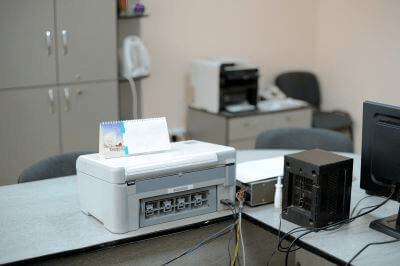 Printer cables facilitate the connection between a
Printer cables facilitate the connection between a  Wire cutters, tools designed for cutting relatively soft materials like resin, have specialized applications. Specialized for cutting plastic, wire cutters cannot effectively cut hard metal wires, such as
Wire cutters, tools designed for cutting relatively soft materials like resin, have specialized applications. Specialized for cutting plastic, wire cutters cannot effectively cut hard metal wires, such as 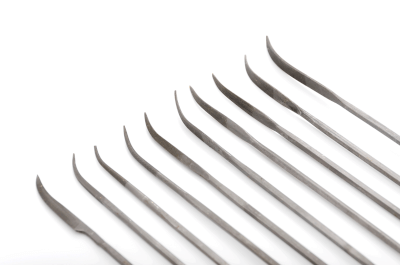 Needle files, small in size, are used for precision processing and are typically sold in sets featuring various shapes. While an ordinary file suffices for many tasks, needle
Needle files, small in size, are used for precision processing and are typically sold in sets featuring various shapes. While an ordinary file suffices for many tasks, needle 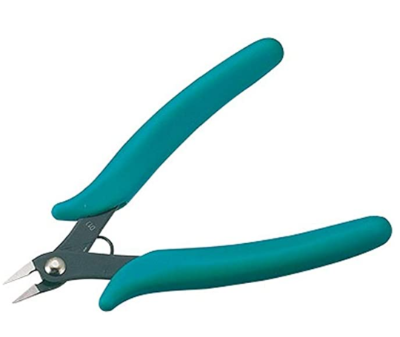

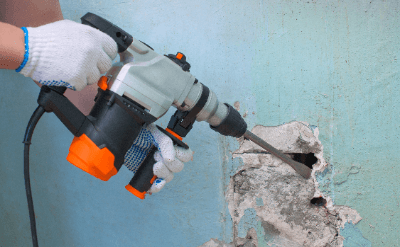 Hammer drills are tools designed for tasks like removing wall
Hammer drills are tools designed for tasks like removing wall